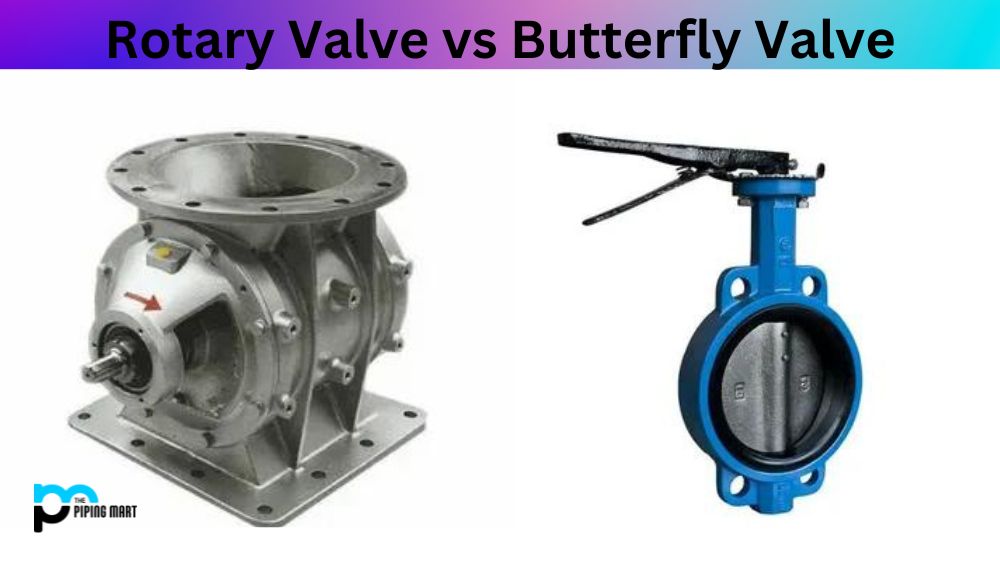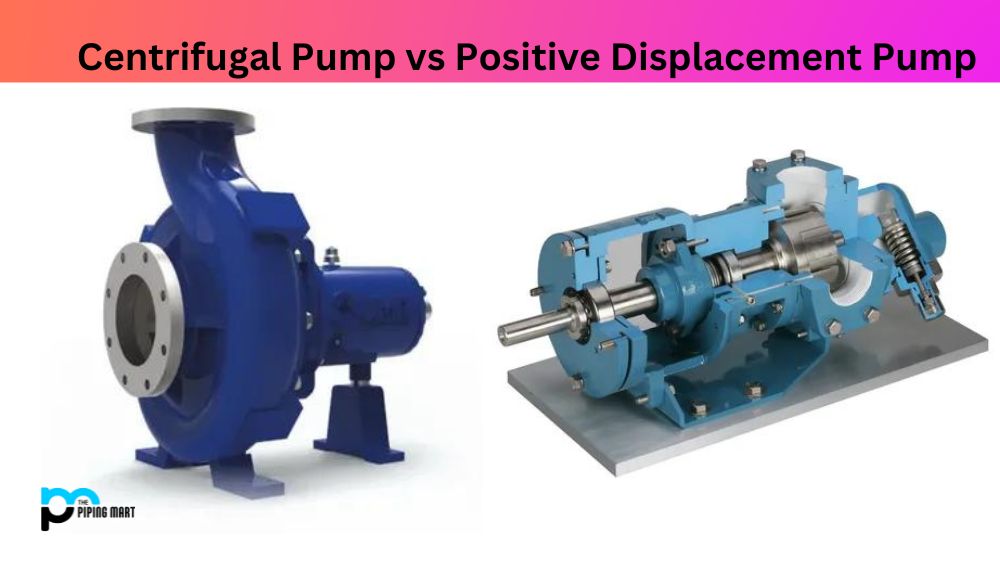In the world of fluid control, valves are the key component for controlling fluid flow. Among the different types of valves, rotary and butterfly valves are the most popular ones. These valves are designed to direct, regulate, and control fluid flow in a system. However, many people often need clarification about which one to select based on their application. In this blog post, we will explore the difference between rotary valves and butterfly valves.
What is Rotary Valve?
A rotary valve is a mechanical device that opens and closes an opening to control the flow of gases and liquids. It uses a circular disc or vane that spins inside a cylindrical housing, using centrifugal force to create a seal as it passes through the passageway. Rotary valves are often used to regulate air pressure in pneumatic systems but have many other applications in industries such as automotive engineering, food processing, and wastewater treatment.
What is Butterfly Valve?
A Butterfly Valve is a valve which uses a disc-shaped closure element to control the flow of liquids and gases. It operates by rotating the valve on an axis, opening or closing the flow depending on the direction it is turned. It is highly efficient and cost-effective, making it ideal for many industrial applications.
Difference Between Rotary Valve and Butterfly Valve
Design
Rotary valves have a round disc that rotates around its axis, creating a tight seal when closed. It rotates a quarter turn to open or close, and the flow rate is controlled through the rate of rotation. On the other hand, butterfly valves have a disc that rotates at a 90-degree angle to the valve body axis, closing the valve seat to stop the flow. It is designed to reduce resistance to fluid flow in an open position, and at the same time, it will reduce the flow when closing.
Applications
Rotary valves are mostly used in the pharmaceutical, food, and beverage industries, where sanitary conditions are paramount. They are preferred because they can handle viscous fluids, the seal is tight, and there is no risk of leakage. On the other hand, Butterfly valves are ideal for HVAC applications, water treatment plants, and chemical industries. They are versatile and can handle fluids with suspended solids.
Pressure Range
Rotary valves can handle high-pressure applications up to 2000 psig, whereas butterfly valves are limited to lower-pressure applications that don’t exceed 250 psig. Beyond the specified pressure values, butterfly valves may need to seal correctly, resulting in leakage.
Size Range
Rotary valves are suitable for large pipelines that range from 2–60 inches in diameter. They require less surface area for installation because they are more compact. On the other hand, butterfly valves come in sizes from 1-120 inches. They are available in concentric, double eccentric, and triple eccentric varieties, each suitable for different applications.
Cost
Rotary valves are generally costlier than butterfly valves because of the more advanced engineering used. Rotary valves need precision engineering and special machining that increase the manufacturing cost, but they are more durable and have a long life span. At the same time, butterfly valves are less expensive and suit applications where precision engineering is not critical.
Conclusion:
In conclusion, choosing between rotary and butterfly valves requires understanding your application’s specific requirements. Knowing their differences will help you select the right valve for optimal performance. Rotary valves are ideal for high-pressure applications, viscous fluids, and sanitary conditions. Butterfly valves are better suited for low to medium-pressure applications, are versatile, and have a wide size range. With this information, you can make an informed decision when shopping for a valve.

Meet Bhavesh, a seasoned blogger with a wealth of knowledge and experience. From metal products manufacturing to retail, Bhavesh has a diverse background in various industries and is dedicated to sharing his insights and expertise with readers.




